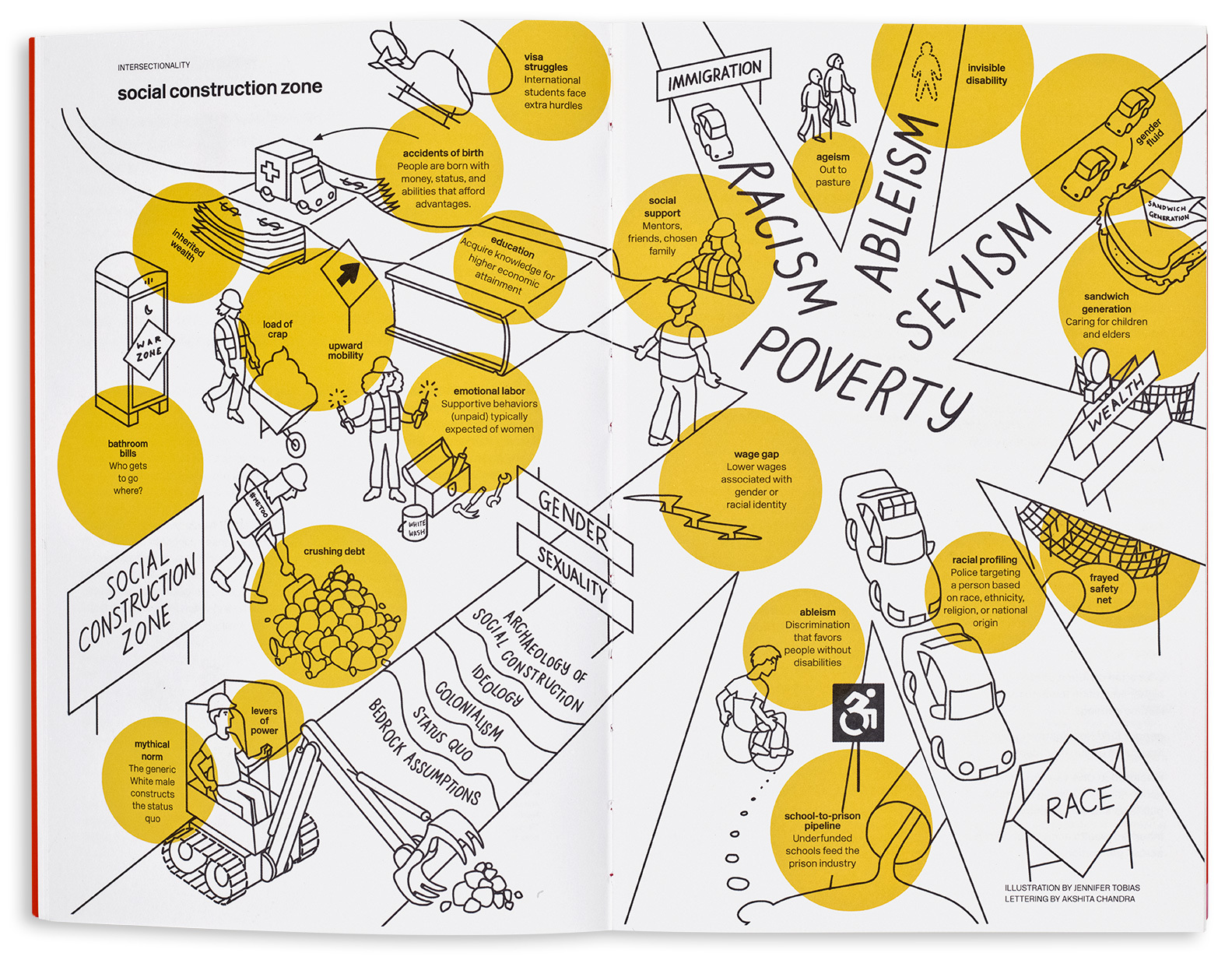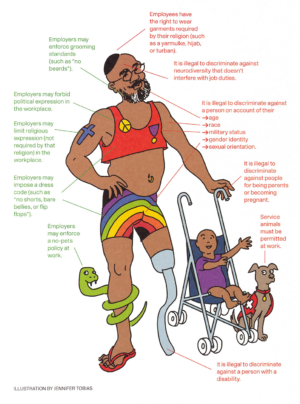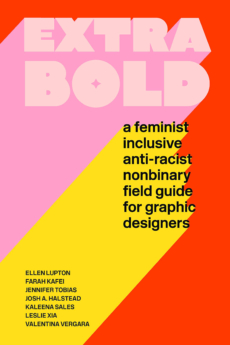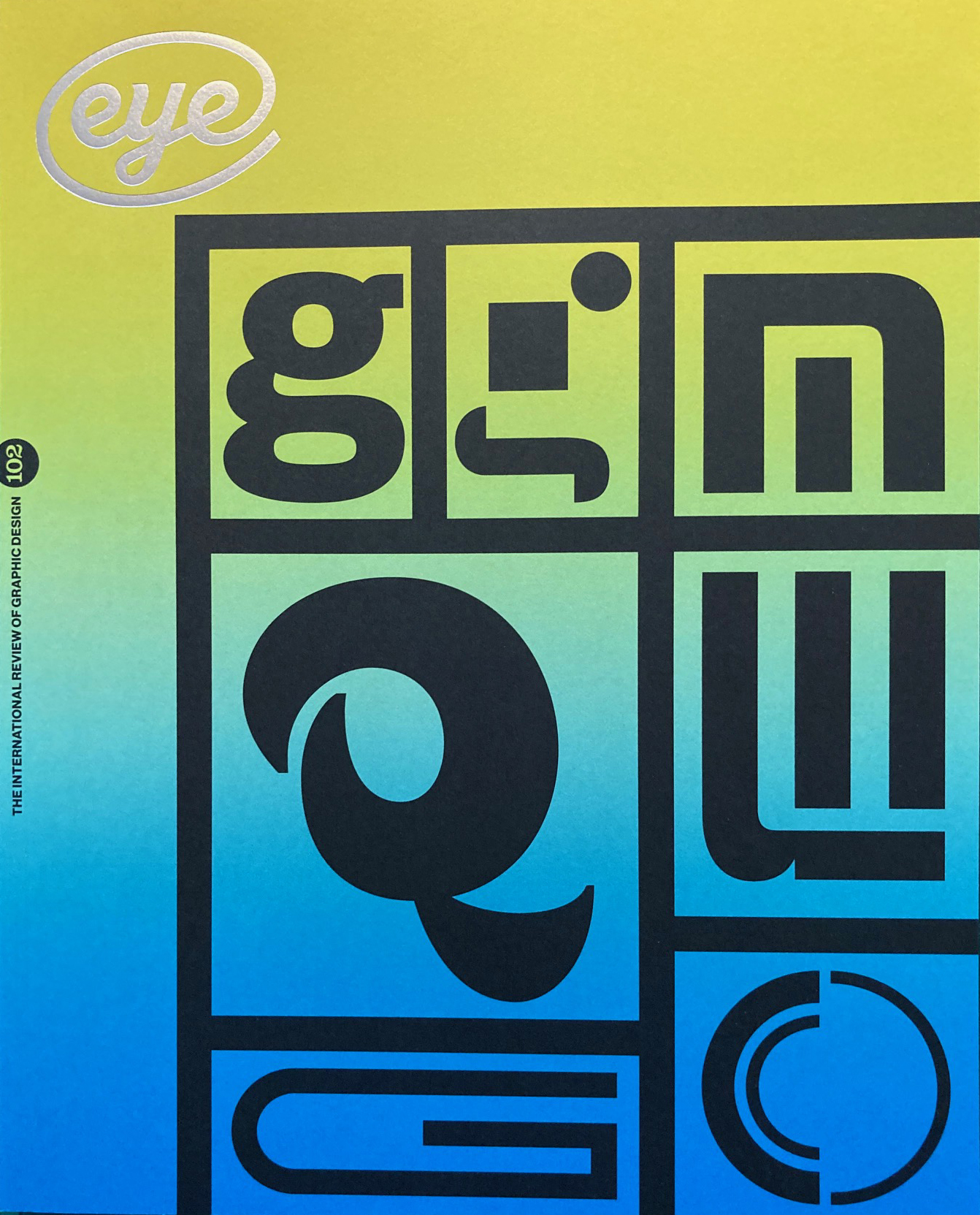Autumn 2021
Love letter to the future
Ellen Lupton
Jennifer Tobias
Design education
Design history
Graphic design
Reviews
Extra Bold: A feminist, inclusive, anti-racist, nonbinary field guide for graphic designers
By Ellen Lupton, Farah Kafei, Jennifer Tobias, Josh A. Halstead, Kaleena Sales, Leslie Xia and Valentina Vergara. Book design by Ellen Lupton; cover design by Shivani Parasnis; illustrated by Jennifer Tobias. Published by Princeton Architectural Press, £25
For those (like myself), whose design education revolved around white male role models and Western-centric design canons, the idea of inclusivity may seem theoretical, or a token through which to appear relevant. In today’s changing socio-political climate, with many marginalised voices rightly demanding to be heard, researchers, scholars, and design critics are examining ideas that surround decolonisation, feminism and anti-racism. To unpack what it means to be an inclusive designer, especially in a way that is accessible to a wider audience, is the task that has been undertaken by a group of largely US-based designers and educators in Extra Bold: a feminist inclusive anti-racist nonbinary field guide for graphic designers.
The book’s position is stated in the title; it looks at design in relation to sexism, ableism and racism, but does not stop there. Extra Bold is a compelling attempt both to bring these issues to light and to offer practical ways in which designers can make their practices more inclusive. It does so with great sensitivity by bringing together many different voices that unveil neglected histories, share experiences and advice, as well as explaining difficult theories and concepts in an accessible manner.
The idea for the book originated from an exhibition about women designers, organised at Pratt Institute in Brooklyn, New York, in March 2018 by designer and art director Farah Kafei and multidisciplinary designer and illustrator Valentina Vergara. Following the opening night, when designers from different walks of life exchanged stories, hopes and worries about working in the industry, Ellen Lupton approached Kafei and Vergara to collaborate on a book. The aim was to capture the spirit of these discussions and to share tools that would allow for sustainable and inclusive design practices to take place.
Collaboration quickly became the defining quality and methodology behind Extra Bold, as more individuals were invited to co-author the publication. Illustrations by Jennifer Tobias, present throughout the book, provide an entry point to complexities of intersectionality, discrimination, or workplace dynamics. Design academic Kaleena Sales offered her knowledge of systemic racism as well as her experience in teaching Black designers, while design educator and disability activist Josh A. Halstead shared his insights on design and accessibility. Art director Leslie Xia offered their perspective as a queer, gender non-conforming designer of colour, from challenging ideas of ‘norms’ in design (‘Graphic designers are in the norm business’) to providing practical advice on ‘coming out at work’.
Chapter one, ‘Theory’, introduces the key concepts and terminology through a series of essays and case studies, effectively bridging what we understand as theory with examples of practices and projects. Chapter two, ‘History’, criticises the limited scope of narratives popularised in design anthologies, by unveiling achievements and practices of those previously omitted. For instance, following Ellen Lupton’s essay on binary thinking in typography, the book showcases Nat Pyper’s project, titled ‘A Queer Year of Love Letters’ (2018-20). This is a collection of fonts that celebrate and remember the lives of countercultural queers such as Ernestine Eckstein, Robert Ford and Women’s Car Repair Collective. The third and final chapter, ‘Work’, navigates existing structures within the working environment through practical tips and advice. This chapter is the most pragmatic as it clearly positions design as an economic activity. Topics such as the wage gap, internships, hiring diversity, office politics, parenthood, cultural appropriation or ‘imposter syndrome’ are broken down, explained and illustrated.
Illustration by Jennifer Tobias, annotated with scenarios of ‘when is it discrimination?’ at a workplace.
Top. Spread picturing intersectionality as a ‘social construction zone’, also illustrated by Tobias.

The book is further punctuated by numerous conversations and biographies, of designers such as Sugandha Gupta, Tré Seals, Shivani Parasnis, Charlotte Perriand and Njoki Gitahi. This wealth of perspectives is the defining characteristic of Extra Bold, as it is not only a ‘practical guide’ to understand inclusion and diversity, it is also its embodiment: a collective platform for knowledge-making and knowledge-sharing.
Extra Bold ends with a section titled ‘advice for new designers’, and while some of the advice given may seem a bit generalist (‘trust yourself and your gut instinct’) or labour focused (‘really, really work as hard as you can’), at its core the book is a love letter to the future generation of designers, one that speaks of their value and agency within the discipline and the world at large. It is a hopeful reminder to continually question one’s position and – more importantly – to make space for others.
Cover of Extra Bold.

Gabriela Matuszyk, designer, writer, lecturer, London
First published in Eye no. 102 vol. 26, 2021
Eye is the world’s most beautiful and collectable graphic design journal, published for professional designers, students and anyone interested in critical, informed writing about graphic design and visual culture. It is available from all good design bookshops and online at the Eye shop, where you can buy subscriptions and single issues.

